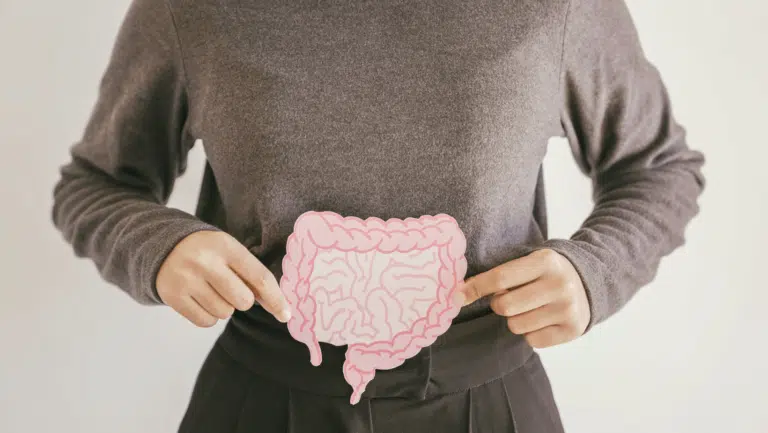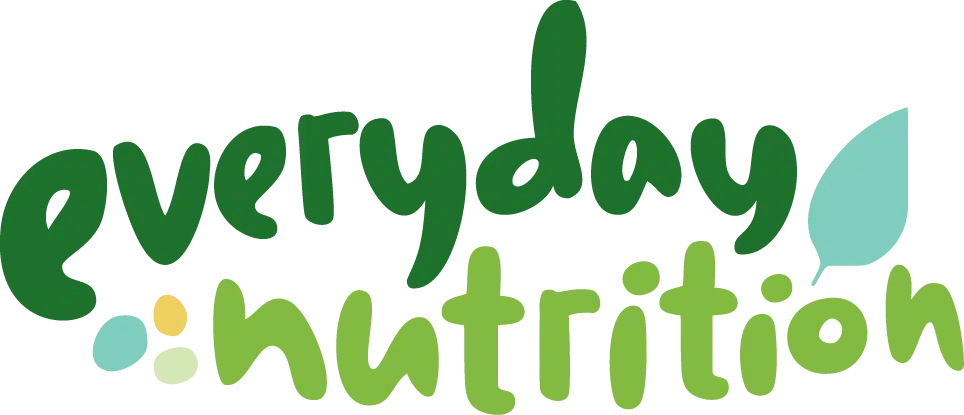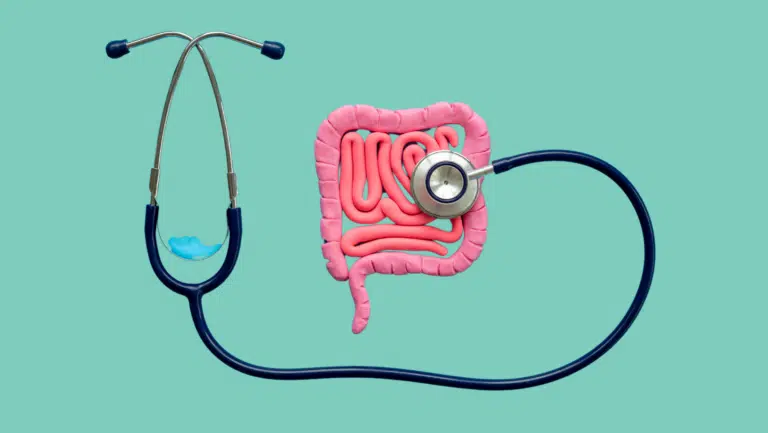
Should you Weigh your FODMAP Portions?
Should you Weigh your FODMAP Portions?
- filed under: All, FODMAPs & Food Intolerance
We know that FODMAPs are all about portion sizes. There are many foods that are low FODMAP at one serve, but become high FODMAP at a larger serve. These serve sizes are listed in the Monash app using green, yellow and red traffic lights for low, moderate and high FODMAP serve sizes.
If you’re just starting a low FODMAP diet, you probably have lots of questions (most people do!). And one of the most common queries we hear is ‘Do I need to weigh everything, to make sure it’s a low FODMAP portion?’. And, today we want to answer this question.
What is in this article:
- How FODMAP cut offs are determined
- Variation in FODMAP content of foods
- What this means for weighing your portions
- When it is appropriate to weigh your portions
What you need to know:
- We can test foods in a laboratory, and measure which FODMAPs are present, and in what amount. This figure is then used to rate foods as low, moderate or high, according to the serving size. Monash typically test up to 10 samples of a fruit or vegetable and take the average of these samples to determine the FODMAP content of that food.
- Research is used to estimate the dose of FODMAPs that a person with IBS will likely tolerate, without causing gut symptoms.
Using the two factors above, ‘Cut Off’ points have been set for each of the FODMAP groups. The important thing to understand here is that the cut offs are set at the point where 95% of people with IBS will tolerate that food or serve size. This means that people with IBS who are following a low FODMAP diet, can reasonably be expected to feel a lot better. Even if they’re super sensitive.
However! It also means that there is a larger serve size that 50% of people will tolerate and an even larger serve that 25% of people will tolerate. In other words, these cut off points are very conservative.
One more thing:
It’s also important to factor in that measuring FODMAPs is not an exact science. This is because no two apples are going to be identical in weight, calories, vitamins or FODMAPs – even if they come from the same tree. There will absolutely be a degree of natural fluctuation from one apple to the next. Additionally, we also know that seasonal fluctuations and storage conditions can affect FODMAP content as well. FODMAP ratings listed in the Monash app are only ever an AVERAGE calculated across several samples of each food.
But, back to the question at hand! Do you need to weigh your food?
Depending who you ask, you might get a different answer. But most dietitians would agree, that weighing or measuring every morsel of food you eat is simply not necessary. It can actually be counterproductive, causing more stress and anxiety (which indirectly worsens gut symptoms), or leading to disordered eating behaviours and rebound bingeing on restricted foods.
The FODMAP Elimination phase is solely about working out if you are FODMAP sensitive and if this diet is going to help you. In most cases, ball park portion sizes are more than good enough. Reducing the big triggers you eat every day – like onion, garlic, wheat and dried fruit or juice – is usually more than enough to lower your FODMAP load considerably, and see great results. It’s seldom necessary to get the diet ‘perfect’ just to see results.
The Challenge phase, on the other hand, is all about finding out where you sit on the scale FODMAP sensitivity, so that you can personalise your diet in the long run and not over-restrict. Read more about the 3 phases of the FODMAP diet.
We recommend weighing (or measuring) in 3 situations:
- If you are wanting to eat a high FODMAP food that only has a very small low FODMAP serve (e.g. honey or apple) it’s probably best to measure this using a teaspoon or scales.
- If you have been doing low FODMAP for a while, and you’re not getting consistent results. In this case, you may want to weigh or measure some of your portions as a one off and double check if they are consistent with low FODMAP serves.
- If you are just starting out and you have absolutely no idea of what a reasonable serve should be. In this case, you may like to experiment with weighing or measuring portions to get an idea of what a low FODMAP serve looks like.
Final thoughts:
FODMAPs work on a threshold basis. We all have different sensitivities, but FODMAP cut-offs are very conservative. In our experience as dietitians, that extra blueberry, bite of celery or cup of tea is not going to push you over the limit, and derail the whole diet. While you on the initial Elimination phase it’s a good idea to take a step back and think about the bigger picture. Don’t let FODMAPs take over your every waking hour!
If you are struggling with what to eat, are not improving on the low FODMAP diet, or seem to not tolerate many low FODMAP foods, we recommend consulting a dietitian with expertise in food intolerance, for assessment and trouble-shooting advice.
Everyday Nutrition dietitians are gut health experts. We are all Monash trained in FODMAPs and experienced in other types of conditions and food sensitives that can cause IBS type symptoms. We specialise in helping people troubleshoot their digestive issues and make peace with food. Book an appointment here and gain back control of your gut.
TAGS:
SHARE THIS POST

Meet Joanna
PASSIONATE IN DIGESTIVE HEALTH
grab your freebie
Week 1 - Low FODMAP Menu






3 Comments
Thanks for explaining how the low, medium, and high, aka green, yellow, and red, FODMAP levels for different serving sizes work. I think I viewed them as “Green is ok, red is hands off for anyone with a problem with that FODMAP, and yellow? I’ll creep up there as a challenge.” Now I understand what I’m doing when challenging myself with those larger serving sizes.
It makes perfect sense that FODMAP levels vary between individual fruits, veggies, batches of grain, etc. Last night, I read about the variability of Scoville units between chilis of the same cultivars, even from the same plant. It seems likely that light, nutrient, and water access make a difference, and probably even the proximity of other fruits. Somebody could study it; that’s what plant physiologists are for, not you all.
Thanks for your feedback, so glad the article was helpful. Id love to see more research into this!
Hi, this is a great post. I am curious if I were to cook a soup with low FODMAP ingredients, but I doubled the portion size so that I can split it into two meals, is that possible? Or do I have to cook every single meal? Just because I assume that the minerals from the vegetables go into the soup (e.g. using one whole tomato for the soup instead of only half because I am cooking two servings instead of one)